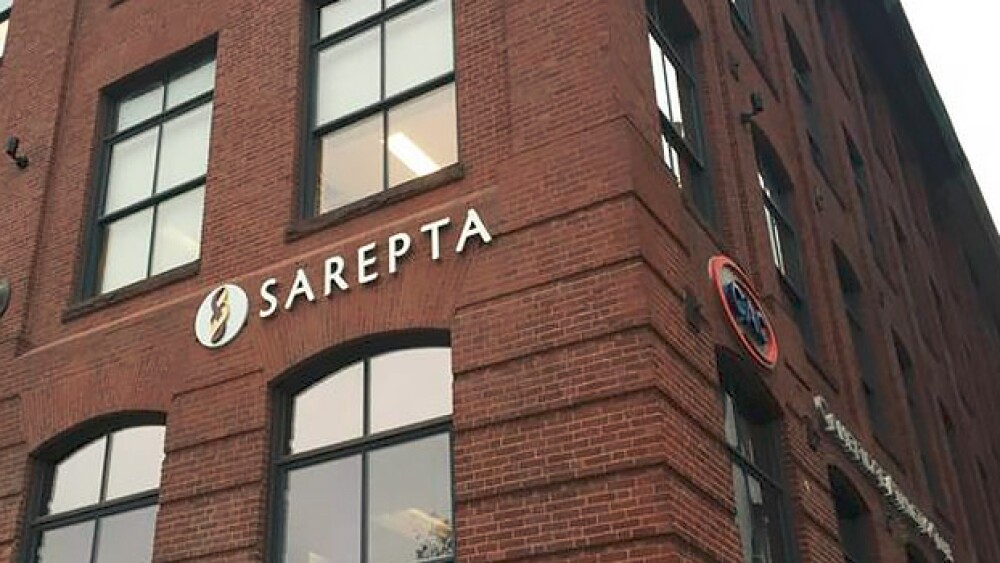Sarepta struck a deal with the Research Institute at Nationwide Children’s Hospital for the gene therapy candidate, calpain 3.
Cambridge, Mass.-based Sarepta Therapeutics snagged an exclusive option for a gene therapy candidate to treat Limb-girdle muscular dystrophy type 2A (LGMD2A).
The company, which specializes in genetic treatments for rare diseases, signed an agreement with the Research Institute at Nationwide Children’s Hospital for the gene therapy candidate, calpain 3 (CAPN-3), the company announced this morning. Any financial terms of the deal were not disclosed.
The addition of CAPN-3 bolsters Sarepta’s other gene therapy programs aimed at Limb-girdle muscular dystrophy that it acquired earlier this year when it bought Myonexus Therapeutics for $165 million. Limb-girdle muscular dystrophies are genetic diseases that cause progressive, debilitating weakness and wasting that begins in muscles around the hips and shoulders before progressing to muscles in the arms and legs. LGMD2A is caused by mutations in the CAPN-3 gene and is the most common type of LGMD, accounting for almost a third of cases, Sarepta said. Many LGMD sub-types are seriously life-limiting and often life-ending diseases.
Sarepta’s current LGMD therapies include LGMD2E, LGMD2D, LGMD2C, LGMD2B, LGMD2L and the recently added LGMD2A. Sarepta said that, like its five other LGMD programs, the LGMD2A program employs the AAVrh74 vector, which is the same vector system used in Sarepta’s micro-dystrophin program. The vector is designed to deliver treatment to cardiac and skeletal muscle, including the diaphragm, without promiscuously crossing the blood-brain barrier. This makes it an ideal therapy for muscle disease, the company said. The CAPN-3 program gained from the children’s hospital is currently in pre-clinical trials.
Doug Ingram, Sarepta’s president and chief executive officer, said with the six LGMD gene therapy programs in the company’s pipeline, its “investment in research for this group of neuromuscular diseases is unparalleled.”
“Recent positive early results from our LGMD2E program support expanding our development strategy to LGMD2A, as both programs utilize AAVrh74 vector, address sub-populations of LGMD, and address a well-characterized disease by directly replacing the missing protein which is the cause of the disease by transducing the native protein. We continue to fuel our gene therapy development engine aimed at building an enduring model that delivers potentially transformative therapies to treat genetically based diseases,” Ingram said in a statement.
The latest LGMD program is led by Zarife Sahenk, director of Clinical and Experimental Neuromuscular Pathology at The Research Institute at Nationwide Children’s and Professor of Pediatrics. Sarepta already has a working relationship with Sahenk. He and the company are working together on a gene therapy candidate to treat Charcot-Marie-Tooth.
“LGMD2A is the most common form of limb-girdle muscular dystrophy and its relentless progression causes patients to lose the ability to walk in early adulthood,” Sahenk said in a statement. “Our preclinical work suggests that a gene therapy approach has the potential to help those living with LGMD2A and we look forward to collaborating with Sarepta to advance this program in the clinic.”





